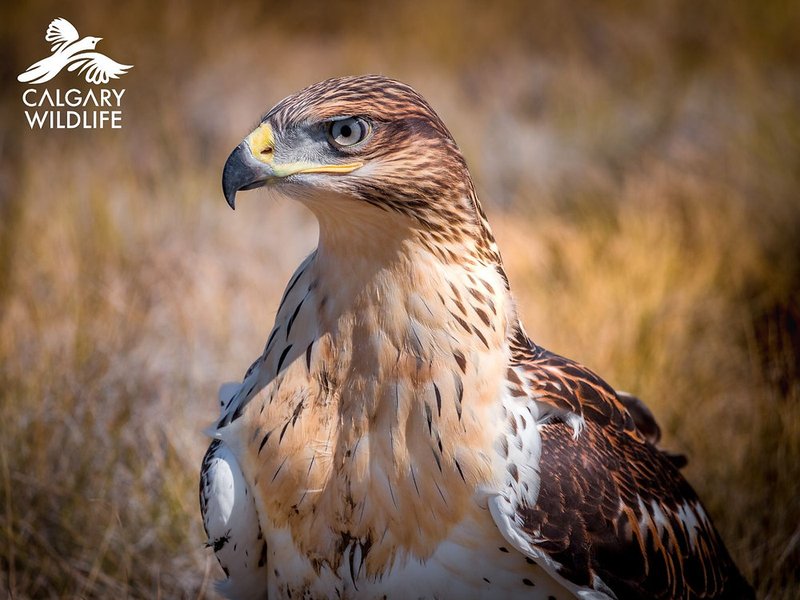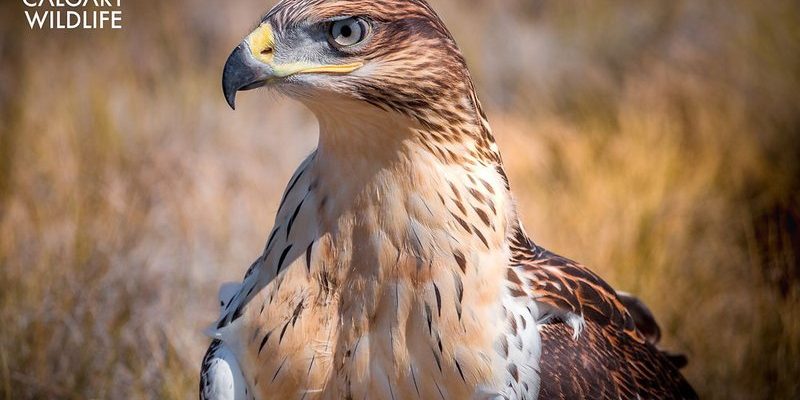
Imagine sitting around a campfire, the stars twinkling above, while someone recounts tales of this magnificent bird. These stories, passed down through generations, often reveal how the Ferruginous Hawk has inspired traditions, morals, and even rituals. Let’s dive into the fascinating world of the Ferruginous Hawk and explore its role in local cultures and folklore.
The Ferruginous Hawk: A Brief Overview
Before we get into the cultural significance, let’s quickly understand what the Ferruginous Hawk is all about. It’s a large bird of prey, known for its impressive wingspan, which can reach up to 4 feet. Its plumage is a warm, rust-colored brown that gives it its name—”ferruginous” comes from the Latin word for rust. This bird mainly resides in the open grasslands of North America, making it a common sight for many people out in the wild.
The Ferruginous Hawk is not just any bird; it’s a skilled hunter, with sharp talons designed for capturing rodents and other small animals. Because of its impressive hunting abilities, this hawk often serves as a reminder of power and perseverance in local tales. Now, let’s look at how different cultures view this incredible bird.
Native American Traditions
Many Native American tribes hold the Ferruginous Hawk in high regard, often seeing it as a messenger or a guide. In various tribes such as the Lakota and the Cheyenne, this hawk is associated with strength, freedom, and vision. The bird’s ability to soar high above the land makes it a symbol of perspective, encouraging people to rise above their problems and see the bigger picture.
Some tribes even use the hawk’s feathers in their rituals, believing they carry spiritual significance. For instance, when worn or used in ceremonies, the feathers are thought to promote clarity of thought and enhance the connection to the spiritual realm. This shows how the Ferruginous Hawk is not just part of the landscape but is woven into the very fabric of cultural identities.
Folklore and Stories
Folklore surrounding the Ferruginous Hawk is rich and varied, filled with stories that can make you both laugh and cry. In many cultures, these hawks are depicted as wise creatures, often providing guidance or warnings to those who encounter them. For example, one popular tale tells of a young man who ignored the hawk’s call, only to face danger shortly after. This story emphasizes the importance of listening to nature and respecting its messages.
In other narratives, the Ferruginous Hawk is portrayed as a protector of the land. Many cultures have tales where, during times of danger or distress, the appearance of a hawk signals hope and resilience. Folks often gather to share these stories, reinforcing community bonds and reminding each other of the strengths present in their environment.
Cultural Symbolism in Art and Literature
The Ferruginous Hawk has also made its mark on art and literature throughout various cultures. You might find paintings that celebrate its beauty or sculptures that embody its fierce nature. Artists often depict the hawk in motion, capturing its dynamic spirit, which symbolizes freedom and independence.
In literature, authors have used the hawk as a metaphor for overcoming challenges or searching for truth. The bird often represents a character’s journey or growth, embodying qualities like tenacity and courage. These creative expressions deepen our understanding of the hawk’s role, showing how it transcends mere existence to become a powerful symbol of human experience.
Modern Interpretations and Conservation Efforts
In today’s world, the Ferruginous Hawk continues to inspire modern interpretations. As communities become more aware of environmental issues, this bird has emerged as a symbol for conservation efforts. Many groups focus on protecting its habitat, reminding us of our responsibility to safeguard the natural world.
You might find local festivals that celebrate this hawk, featuring art, storytelling, and educational programs aimed at raising awareness about the importance of biodiversity. These events engage both young and old, ensuring that the wisdom and stories surrounding the Ferruginous Hawk are passed down through generations.
The Ferruginous Hawk in Popular Culture
You may be surprised to learn that the Ferruginous Hawk has even found its way into popular culture. This bird often appears in documentaries and wildlife shows, captivating audiences with its hunting techniques and breathtaking flights. Its presence in these programs highlights the connection people have with nature and showcases the beauty of wildlife.
Moreover, the hawk has been featured in various films and books, where it often symbolizes freedom, strength, and independence. These portrayals continue to shape public perception, making the Ferruginous Hawk a beloved character in our cultural narrative.
The Ferruginous Hawk is much more than a bird; it’s a powerful symbol that connects us to nature, culture, and each other. Through stories, art, and modern interpretations, this hawk plays a vital role in local cultures and folklore, reminding us of the beauty and complexity of the world we share.
As you go about your day, take a moment to appreciate the Ferruginous Hawk’s legacy. Whether it inspires you to listen to the whispers of nature or encourages you to embrace your freedom, this remarkable bird invites us all into a deeper relationship with the environment and ourselves. So, next time you spot one soaring overhead, remember the rich stories and meanings behind it. After all, the Ferruginous Hawk is a bridge between the past and the present, connecting us to something larger than ourselves.

